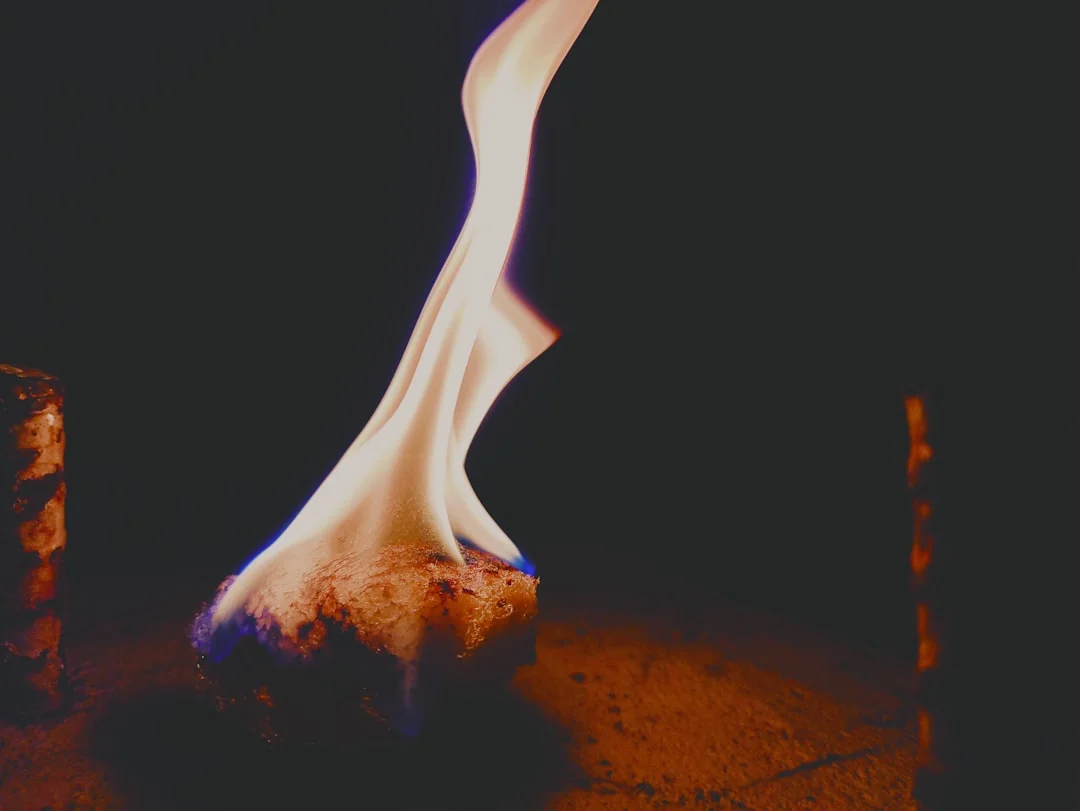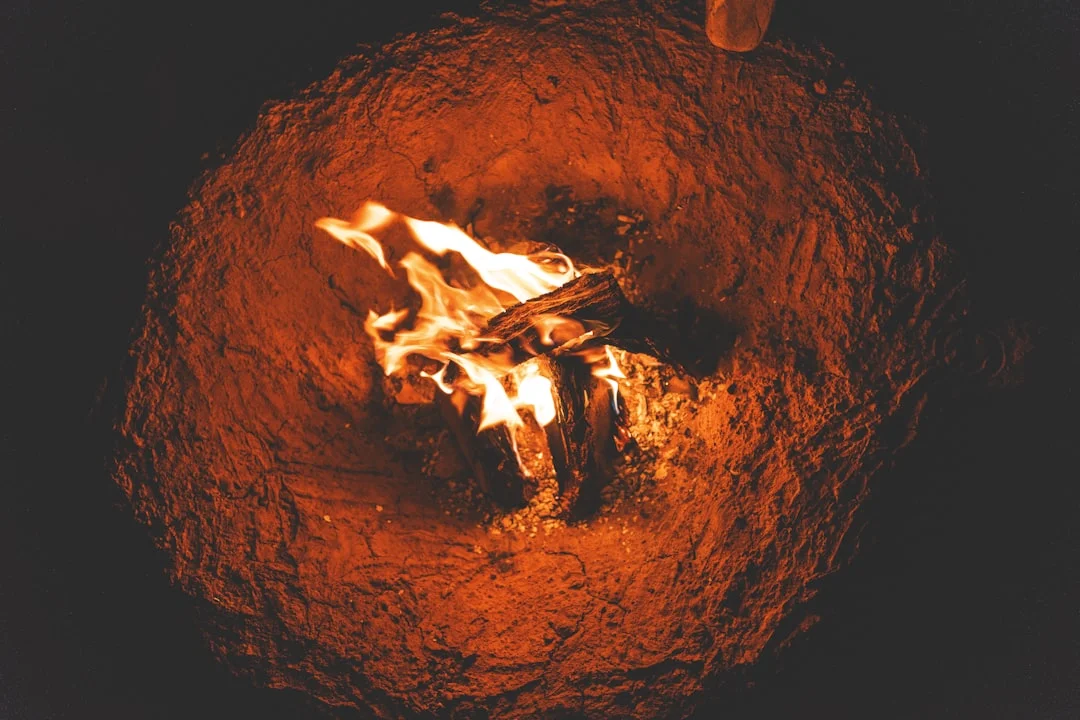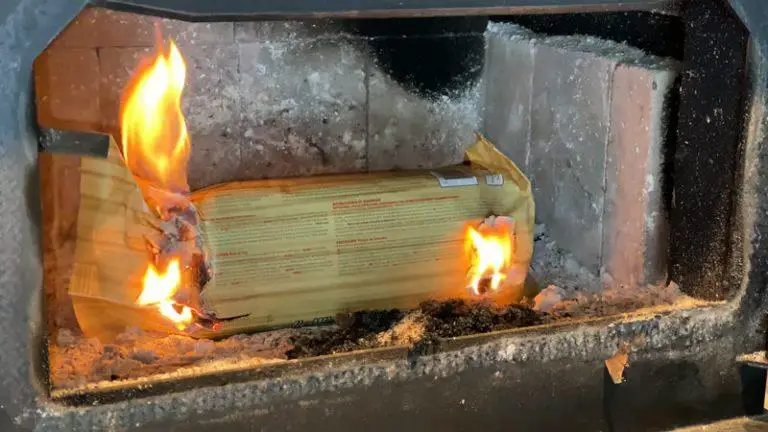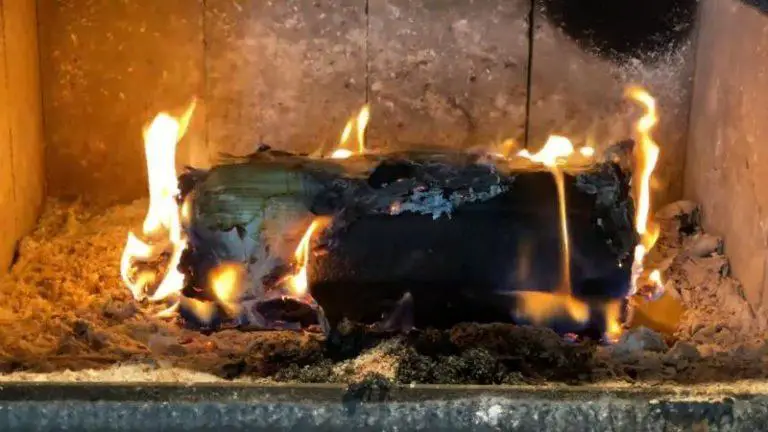Can You Use Play Sand in a Gas Fireplace? The Truth Exposed
You’re looking to refresh your gas fireplace media and notice a bag of play sand in the garage. It’s tempting to think you can save a few dollars by using it, but this common household item could create a dangerous situation. Using the wrong material in a gas fireplace is a serious mistake that many homeowners unknowingly consider.
This article will explore the critical reasons why play sand is not safe for your gas fireplace. We will delve into the potential hazards and explain the correct materials to use for a safe, beautiful, and efficient fire.
You'll Learn About
The Problem with Using Play Sand in Your Fireplace
The primary issue with play sand is its composition and fine texture. Unlike the specially graded media designed for gas fireplaces, play sand is not meant to withstand high temperatures or interact with gas burners. Its use can lead to significant problems.
Clogged Burner Ports and Uneven Flames
Play sand is often very fine and can contain dust and silt. These tiny particles can easily fall into and clog the ports on your gas burner. When the burner ports are blocked, the gas cannot flow freely, leading to an uneven, inefficient, and potentially dangerous flame pattern. This can also cause soot to build up on your logs and the inside of your fireplace.
A properly functioning fireplace needs a medium that allows gas to disperse evenly. Special silica sand, for example, is designed to facilitate this process, creating a fuller and more realistic flame. Play sand simply compacts and obstructs this crucial function.
Moisture Retention and Potential for Damage
Play sand is often sold slightly damp and has a tendency to retain moisture. Introducing moisture into a gas fireplace is a bad idea. When heated, this trapped moisture will turn to steam, which can cause the sand to pop or even crack the fireplace components. Over time, this moisture can also lead to rust and corrosion of the metal burner pan and gas lines, which can be costly to repair.
Furthermore, if you are experiencing any gaps around your fireplace structure, such as needing to fill a gap between the hearth and fireplace, ensuring your internal components are functioning correctly is even more critical to prevent any gas leaks or other hazards.

Impurities and Unpleasant Odors
Unlike specially processed fireplace media, play sand can contain various impurities. These can include organic materials, clay, and other minerals that are not intended to be burned. When heated, these impurities can release unpleasant odors, smoke, and soot, diminishing the enjoyment of your fireplace and potentially impacting your indoor air quality.
The Right Solutions: Safe Media for Your Gas Fireplace
Now that you understand the dangers of using play sand, let’s explore the correct and safe alternatives. The type of media you should use often depends on whether you have a natural gas or a propane fireplace. Always consult your fireplace manufacturer’s manual for specific recommendations before you install a new gas fireplace or replace its media.
Silica Sand: The Industry Standard
When you hear “sand” in the context of a gas fireplace, it is almost always referring to silica sand. This is the industry-standard material for many natural gas log sets. Silica sand is specially graded to the correct size to allow for proper gas dispersion and can withstand very high temperatures without melting or degrading.
It creates a clean base for your gas logs and helps produce a beautiful, dancing flame effect. It’s crucial to use sand specifically marketed for use in fireplaces to ensure it has been properly cleaned and prepared.
Vermiculite and Lava Rocks
Vermiculite is another popular choice, especially for propane gas fireplaces. It is a lightweight, highly absorbent mineral that expands when heated. It’s excellent for dispersing gas and creating a glowing ember effect at the base of the fire.
Lava rocks are a classic and durable option for both natural gas and propane fireplaces. These porous rocks allow gas to flow through and around them, creating a rich, full flame. They are excellent at retaining and radiating heat, making your fireplace more efficient. You can use lava rocks as a base layer and add other media on top for a more customized look.

Fire Glass: A Modern and Stylish Alternative
For a more contemporary look, fire glass is an excellent choice. It consists of tempered glass pieces that are specially manufactured to withstand high temperatures without melting, cracking, or emitting fumes. Fire glass comes in a vast array of colors, shapes, and sizes, allowing you to customize the look of your fireplace.
It is very efficient at radiating heat and does not create any smoke or ash. While it may be a more significant initial investment, its durability and aesthetic appeal make it a popular choice for modern homes. When working with materials that require precision, like fire glass or even in projects like MIG welding cold rolled steel, using the correct material is paramount for safety and performance.
Comparing Safe Fireplace Media
To help you decide on the best material for your needs, here is a comparison of the most common and safe options for gas fireplace media.
| Media Type | Best For | Appearance | Heat Output |
|---|---|---|---|
| Silica Sand | Natural Gas Fireplaces | Fine, sandy base | Good |
| Lava Rocks | Natural Gas & Propane | Rustic, porous rocks | Excellent |
| Vermiculite | Propane Fireplaces | Small, shiny flakes that glow | Good |
| Fire Glass | Natural Gas & Propane | Modern, reflective glass pieces | Excellent |
How to Replace Your Fireplace Media Safely
Replacing the media in your gas fireplace is a straightforward DIY project if you follow the proper steps. Always begin by turning off the gas supply to the fireplace. Carefully remove the logs and grate, and then use a shop vacuum to remove all the old sand or other media from the burner pan.
Once the pan is clean, you can pour in the new media. Your owner’s manual will specify the correct depth. Generally, you want to cover the burner tube. After the new media is in place, you can reassemble the logs and grate according to the manufacturer’s instructions. Turn the gas back on, check for any leaks, and then test the fireplace.
Final Thoughts on Fireplace Safety
While it may seem like a simple substitution, using play sand in a gas fireplace is a dangerous mistake that can lead to costly damage and serious safety risks. Always opt for media specifically designed for use in gas fireplaces, such as silica sand, lava rocks, or fire glass.
By investing in the correct materials, you ensure the safety, longevity, and performance of your fireplace. Enjoy the warmth and ambiance of your fire with the peace of mind that comes from knowing it is operating safely and correctly.


